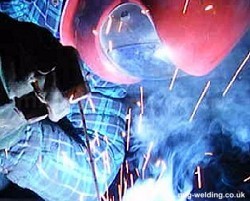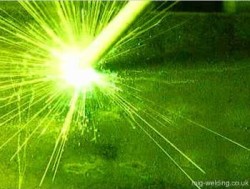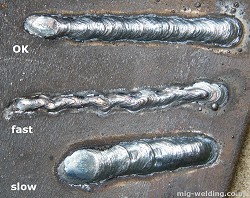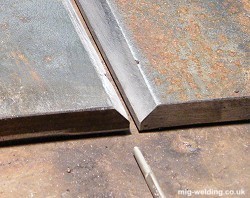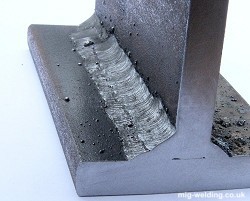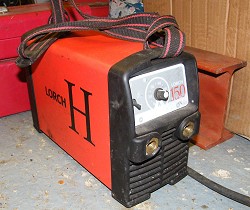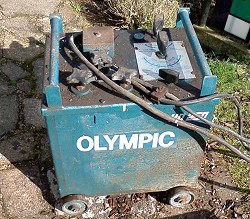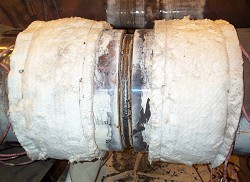How to Arc Weld - Tutorial
This tutorial is intended to offer practical advice to beginner arc welders. It was produced with a great deal of help and guidance from professional welders whose time was funded by forum members and supporters. Take the tutorial slowly and practice the work covered on each page before moving onto the next.
Arc welding (short for Manual Metal Arc (MMA) welding and also known as Stick and SMAW) is a very involved subject and we only cover enough to get you up to speed. There are many books on the subject, and more detailed information can be found elsewhere on the internet. Also we have a very friendly forum that can help.
Arc Welding Safety
As with any other electric welding process, skin and eyes need to be properly protected from UV light. Electric shock, fumes, burns, and fire are other risks.
The safety page discusses how to minimise these risks.
Starting the Arc
The arc is started by touching the electrode momentarily against the work to complete the electrical circuit before raising the electrode to establish the arc.
'Tap starting' and 'scratch starting' are the two common methods of starting the arc. Which one to use is a personal preference, and can be influenced by rod and welder type. Both techniques are illustrated with videos on this page.
Rod Position, Arc Length and Movement
The basics of arc welding are covered on this page with practice laying beads in the flat position.
Rod angle, arc length, travel speed and welding motion are illustrated with photos and videos, and a video shows the effect of varying the arc length.
Arc welding faults
When learning any new process you'll likely start off doing things wrong. Profiles and sections of welds with various faults are compared with good welds on this page.
The faults covered are incorrect travel speed, incorrect arc length, and incorrect amps.
Flat Joints and Joint Preparation
Arc welding is especially suitable for joining thick material as cold joins are easy to avoid. That makes it possible to tackle thicker material using multiple passes of weld.
This page covers joint preparation and techniques used in multiple pass arc welding.
Fillet Joints
Having spent time getting the root weld right on the previous page you'll find fillet welding a breeze.
Multiple passes are also commonly used in fillet joints. This page covers rod angle, weld sequence, and a little joint design.
Buying an Arc Welder
For most people a DC inverter is the best type of arc welder to go for. They have many advantages over the older types, but can fall down on repair costs and longevity.
The page covers what to look for in inverter welders and other types of arc welder.
Other Types of Arc Welder
Arc welding has been around for a while, and there are big differences between the technologies used in older secondhand welders and new ones.
This page discusses the pros and cons of different types of arc welder.
Welding Different Steels
How to weld just about anything from a nuclear power station to a bicycle frame!
This section summarises the welding procedures and consumables that might be used to weld the more widely used types of steel including Mild Steel, Corten, Weldox, Hardox, Stainless Steel, Chrome Moly, EN19, EN24/EN24T, EN8, Cast Iron, Cast and Manganese Steels, Wrought Iron, and Hardfacing. There is also a page explaining hydrogen embrittlement.
More Soon:
Vertical up is the next positional weld we'll cover, and a page on rod selection and welding different types of steel is on it's way. In the meantime there's a lot more information about arc welding in the forum library.
Credits
Many thanks to everyone who helped fund and prepare this tutorial. In particular, Snowcat for doing most of the welds and providing excellent advice over several welding and writing sessions, TechnicAl for the page about selecting rods for different types of steel, Matt from Lorch who lent me a H180 when my Syncrowave packed up, and Weldequip who donated a lot of gear and consumables to support the tutorial.




